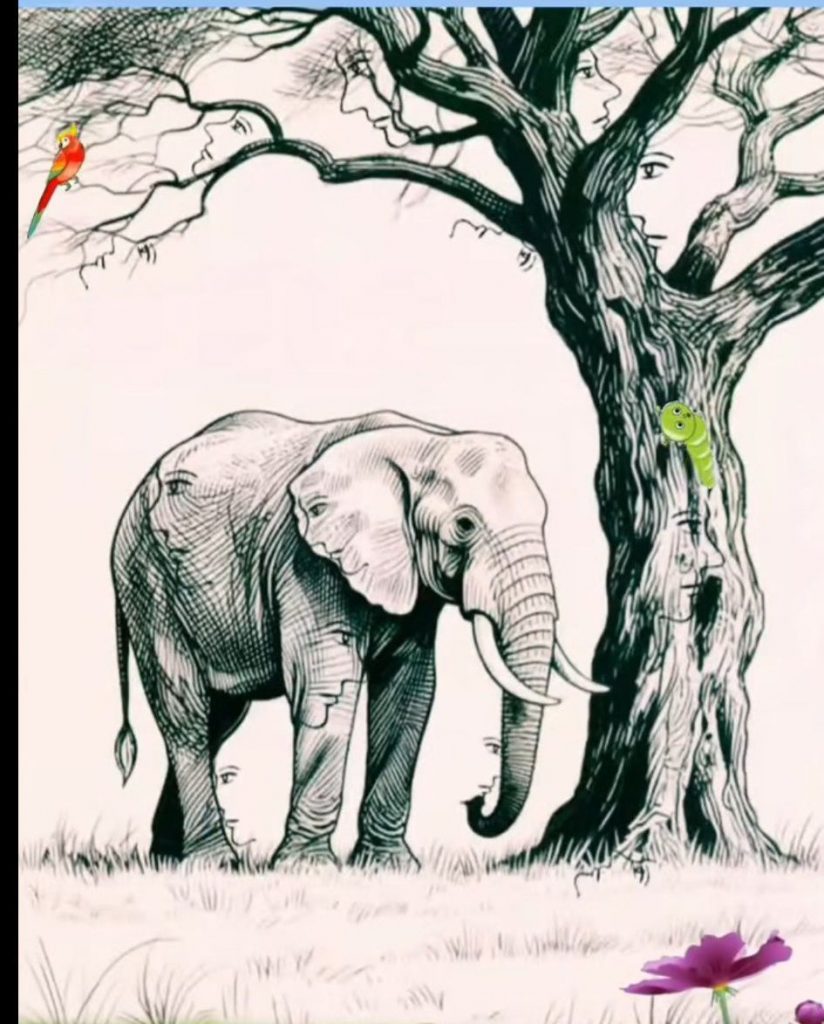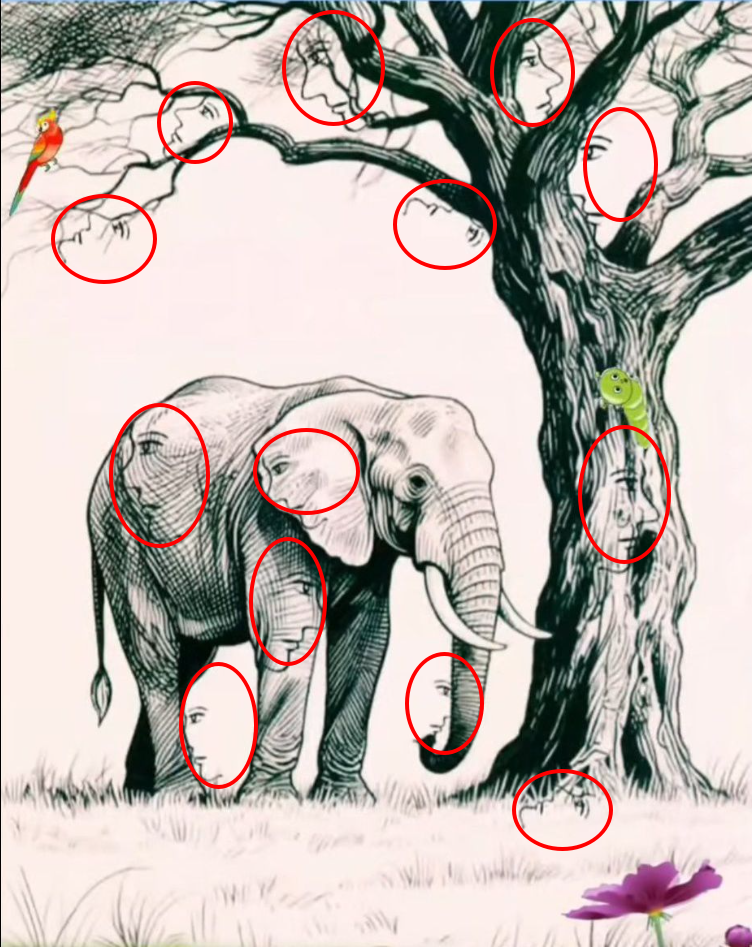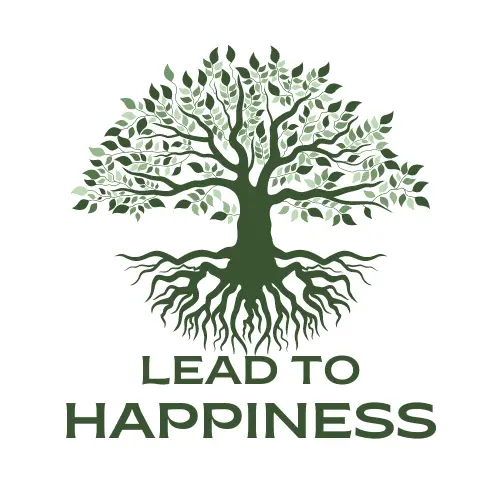Only 2% of People Can Find All the faces in 17 seconds
Introduction to Optical Illusions and Hidden Faces
Have you ever gazed at a drawing and suddenly realized dozens of faces were staring back at you? That “aha” moment is the magic of optical illusions—images that cleverly trick your brain into seeing more than meets the eye. The elephant-and-tree illustration above is a perfect example, hiding at least ten human profiles among a majestic elephant, a winding tree trunk, a colorful parrot, and even a caterpillar. In this article, we’ll unpack how to spot these hidden faces, explore why our brains love puzzles like this, and share tips for sharpening your observation skills.

Why Our Brains Crave Hidden-Picture Challenges
You might wonder: Why do these puzzles feel so satisfying? The answer lies in the way our brains process familiar patterns:
Pareidolia Phenomenon: Our brains are wired to recognize faces instantly—a survival mechanism inherited from our ancestors. Pareidolia is the tendency to see faces in random patterns, clouds, or textured surfaces. Optical illusions exploit this, giving you that “face detected” thrill.
Dopamine Reward Loop: Spotting a hidden object releases dopamine, the “feel-good” neurotransmitter. Each time you uncover a new face, your brain rewards you, motivating you to keep searching.
Enhanced Focus and Relaxation: Contrary to the frantic pace of digital life, scanning an illustration for hidden details slows you down, promoting mindfulness and reducing stress.
Engaging regularly with these puzzles can boost your pattern-recognition skills, improve attention to detail, and provide a quick mental reset during a hectic day.
Step-by-Step Guide to Finding All Hidden Faces
Ready to test your detective abilities? Use these strategies to unearth every concealed profile:
Divide and Conquer: Mentally split the image into quadrants—top left, top right, bottom left, bottom right. Search each section carefully rather than scanning the whole at once.
Look for Facial Features First: Identify eyes or lips—two dots or a curved line can be the gateway to an entire face. Once you spot one feature, trace around it to reveal the full profile.
Follow Contours: Animals and trees have curves and angles that mimic human outlines. Follow every bend in the elephant’s trunk or the tree’s limb to see if it forms a chin or forehead.
Switch Perspectives: Tilt your head or view the image from different distances. Sometimes a face emerges when you step back or view it upside down.
Use Peripheral Vision: Rather than staring directly at the center, widen your gaze to include the edges. Hidden faces often lie in the margins.
Mark Each Find: Grab a pencil and lightly circle each face. This prevents you from “rediscovering” the same face and missing others.
.
.
.
Answer:



